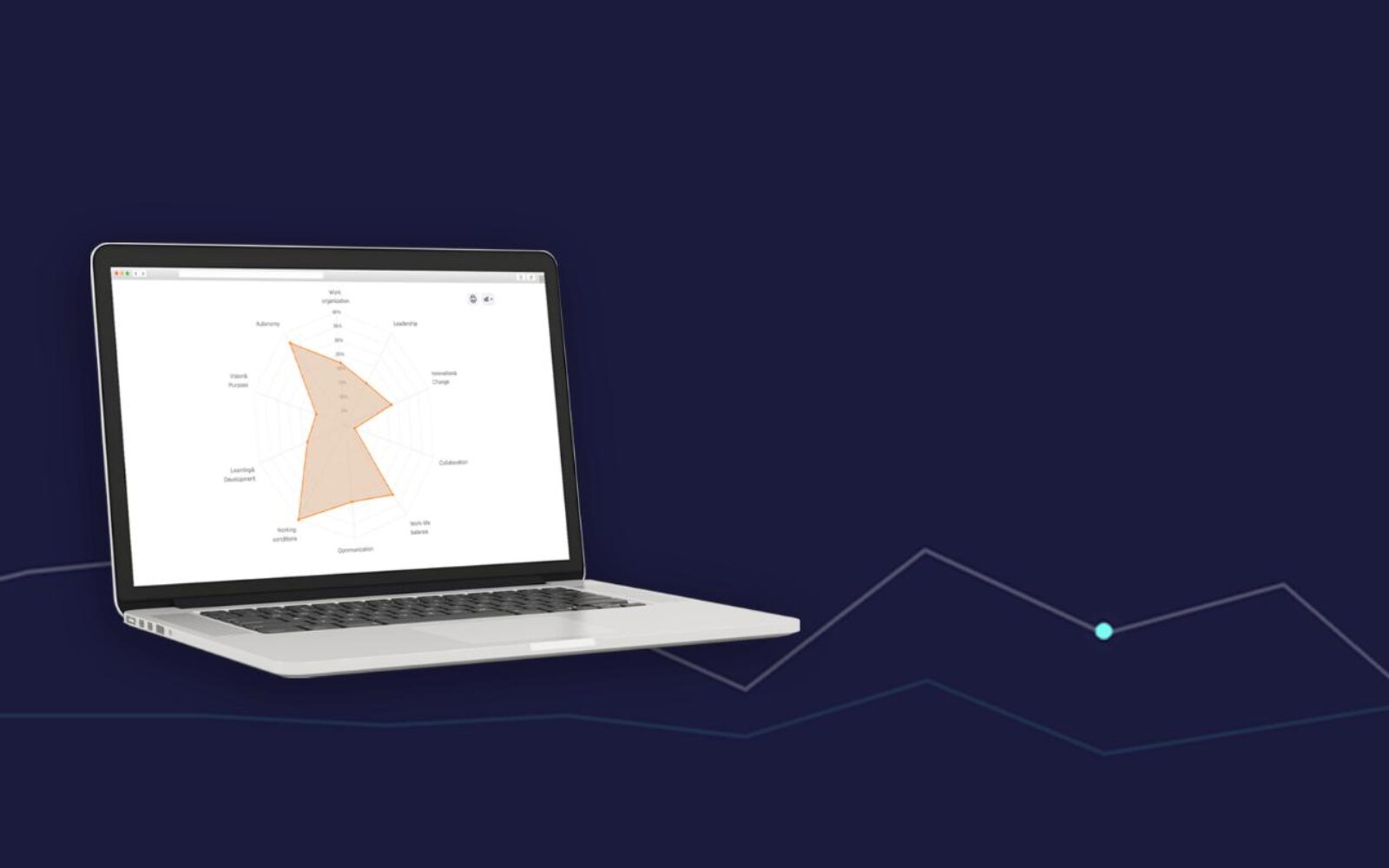tl;dr
Luppa’s predictive analytics revolutionizes HR by harnessing AI to predict attrition risks and enhance employee satisfaction. By leveraging data-driven insights, Luppa assists in reducing turnover, mitigating burnout, and fostering a supportive workplace culture. With features like attrition risk indicators, psychological safety assessments, and diversity and inclusion insights, Luppa empowers organizations to proactively address workforce challenges and drive success.
Introduction
The landscape of Human Resources is experiencing a radical transformation with the advent of AI and predictive analytics, ushering in an era of data-driven decision-making and the automation of routine tasks.
In 2023, Forbes Advisor found that 64% of businesses expect AI to boost productivity, and 42% believe it can simplify operations. Despite employee concerns (77%) about job security, the World Economic Forum predicts AI could create over 97 million new jobs.
IBM's report indicates that 25% of global companies are turning to AI integration to address pressing business challenges, such as workforce shortages or recruiting new experts.
Luppa, a digital tool for employee engagement and satisfaction is among those leveraging Predictive analytics and AI to assist businesses in solving these issues, including the ongoing challenge of expert attrition in the labor market.
The release of Luppa's innovative solution will be executed in two distinct phases, with the first phase introducing predictive analytics and the second phase integrating AI alongside actionable plans.
Leveraging a wealth of data, Luppa's primary aim is to extract meaningful metrics, providing actionable insights to diminish churn rates, alleviate burnout, and enhance overall job satisfaction.
The impact of Predictive analytics in HR:
Employee engagement has become a cornerstone of modern HR, with a direct correlation to business success.
Engaged employees are not just more productive; they also contribute to a reduction in absenteeism and an improvement in customer experiences, which can lead to increased sales and profitability. Moreover, engagement is essential for employee retention, helping companies save on turnover and hiring costs.
Maintaining employee satisfaction and engagement is a top priority for employers, but challenges in this area are substantial due to not only a lack of experts, but also a shortage of quality data and analytics that can promptly alert them to any issues.
By integrating predictive analytics and AI, HR departments can not only predict the risk of attrition but also actively contribute to building a feedback and learning culture within a friendly environment. This approach not only improves productivity but also reduces time, costs and fosters higher employee satisfaction, ultimately contributing to the organization's success.
Luppa’s Predictive analytics unveiled: a closer look at key features
Addressing the root causes of disengagement is crucial. Employees may feel disconnected due to factors such as burnout, lack of psychological safety, diversity equity and inclusion, or insufficient support in learning and feedback culture. By understanding these triggers, companies can implement strategic approaches to mitigate attrition risk.
The data used to develop the predictive analytics algorithm were collected over several years, meticulously analyzed by experts from the Business Psychology Lab. This process enabled it to identify patterns, allowing it to recognize potential issues.
After processing and analysis, predictive analytics generates a concrete risk assessment, calculating various indices such as attrition risk, burnout, quiet quitting, culture, diversity equity and inclusion.
It not only covers employees of the using company but also encompasses a database of benchmarks from other companies.
- Attrition risk indicator: Easily identify potential turnover challenges with employees categorization into high, medium, and low-risk groups.
- Attrition risk breakdown: Delve into the 12 key dimensions contributing to attrition, pinpointing the root causes.
- Quiet quitting: Detect silent disengagement early, ensuring a proactive response to maintain workplace morale.
- Psychological safety: Foster an inclusive environment where employees feel confident to voice their thoughts without fear of judgment or repercussions.
- Diversity, Equity, and Inclusion: Gain insights into DEI dynamics, nurturing a harmonious and diverse workplace.
- Burnout risk: Mitigate employee exhaustion by identifying burnout factors and fostering a healthier work environment.
- Feedback & Learning Culture: Unveil the dynamics of feedback and learning culture, fostering employee growth and development.
- Friendly Culture: Explore the essence of a friendly work environment within your organization. Understand how friendliness enhances team bonding, collaboration, and overall project success, crucial for maximizing employee productivity.
- Teamwork: Explore the power of teamwork in enhancing collaboration and overall business success.
Predictive analytics can impact your bottom line. Discover your potential ROI with our calculator and find out how much you could save by investing in employee satisfaction.

Conclusion
Predictive analytics doesn't replace human expertise; it amplifies by assessing burnout risk and attrition risk it empowers HR departments with crucial insights, enabling proactive intervention to make informed decisions that positively impacts the entire organization and maintains workforce stability.
Luppa is tirelessly preparing a second phase with more advanced algorithms and outputs: The AI that will offer real-time, high-quality, and precise actionable insights and metrics based on these indices, providing action plans on preventing potential issues such as attracting, retaining employees as well as suggesting ways to increase employee engagement and satisfaction within the company.
The focus is clear: Luppa aims to reshape the narrative around employee well-being by harnessing the potential of predictive analytics and artificial intelligence, setting a new standard for workplace excellence.
Continue reading our blogs in order to learn more about employee engagement and concrete tools that provide you with help in employee retention.
